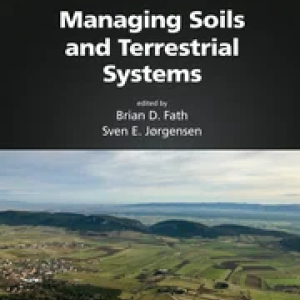
This book gives an overview of how soils and terrestrial systems function and can best be managed. TABLE readers may be particularly interested in the book’s coverage of agricultural soils, pesticides, agriculture on soils affected by salt, organic farming, grazing systems, soil erosion, organic pest management, manure management, and agricultural runoff.
Publisher’s summary
Bringing together a wealth of knowledge, Environmental Management Handbook, Second Edition, gives a comprehensive overview of environmental problems, their sources, their assessment, and their solutions. Through in-depth entries and a topical table of contents, readers will quickly find answers to questions about environmental problems and their corresponding management issues. This six-volume set is a reimagining of the award-winning Encyclopedia of Environmental Management, published in 2013, and features insights from more than 400 contributors, all experts in their field.
The experience, evidence, methods, and models used in studying environmental management are presented here in six stand-alone volumes, arranged along the major environmental systems.
Features
- The first handbook that demonstrates the key processes and provisions for enhancing environmental management
- Addresses new and cutting-edge topics on ecosystem services, resilience, sustainability, food–energy–water nexus, socio-ecological systems, and more
- Provides an excellent basic knowledge on environmental systems, explains how these systems function, and offers strategies on how to best manage them
- Includes the most important problems and solutions facing environmental management today
In this third volume, Managing Soils and Terrestrial Systems, the general concepts and processes of the geosphere with its related soil and terrestrial systems are introduced. It explains how these systems function and provides strategies on how to best manage them. It serves as an excellent resource for finding basic knowledge on the geosphere systems and includes important problems and solutions that environmental managers face today. This book practically demonstrates the key processes, methods, and models used in studying environmental management.
Reference
Fath, B. D. and Jorgensen, S. E. (eds.) (2022), Managing Soils and Terrestrial Systems, 2nd Edition. CRC Press, Boca Raton.
Read more here. See also the TABLE explainer What is sustainable intensification?







Post a new comment »